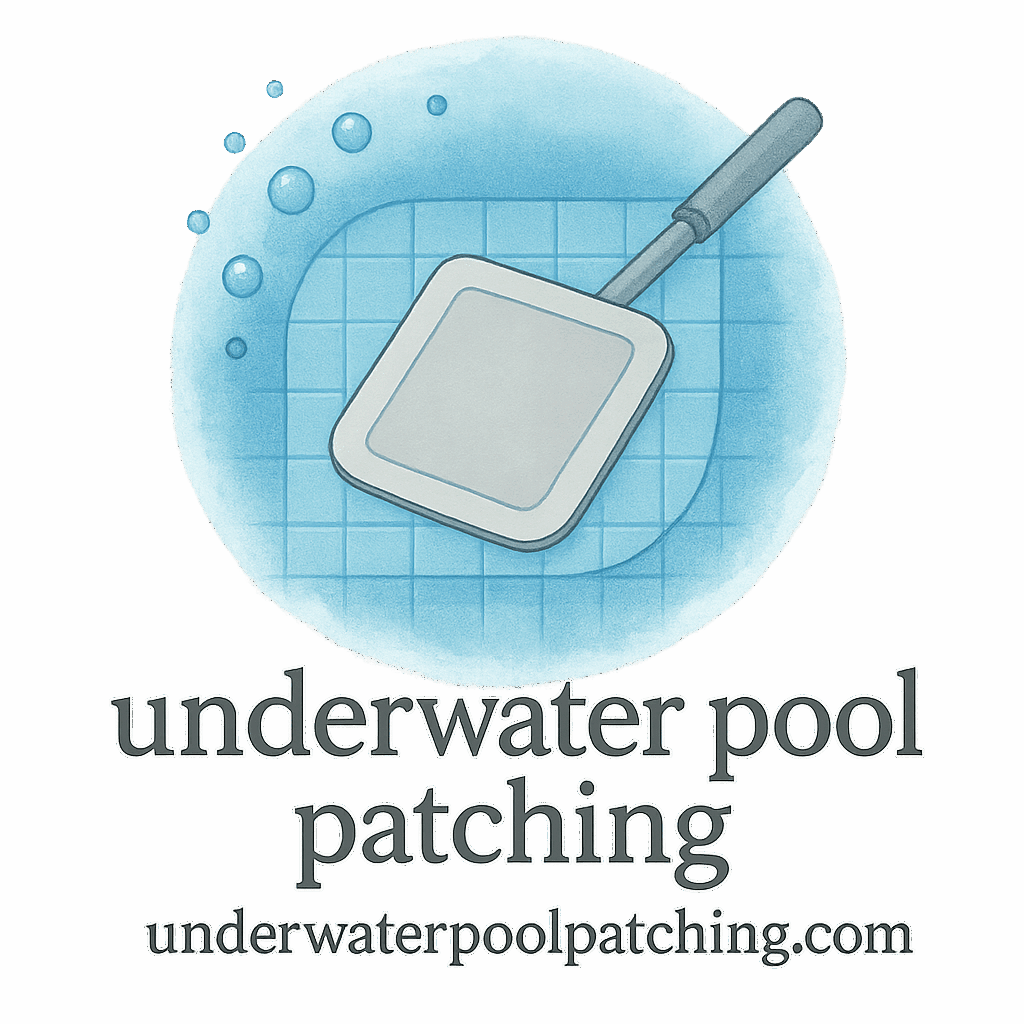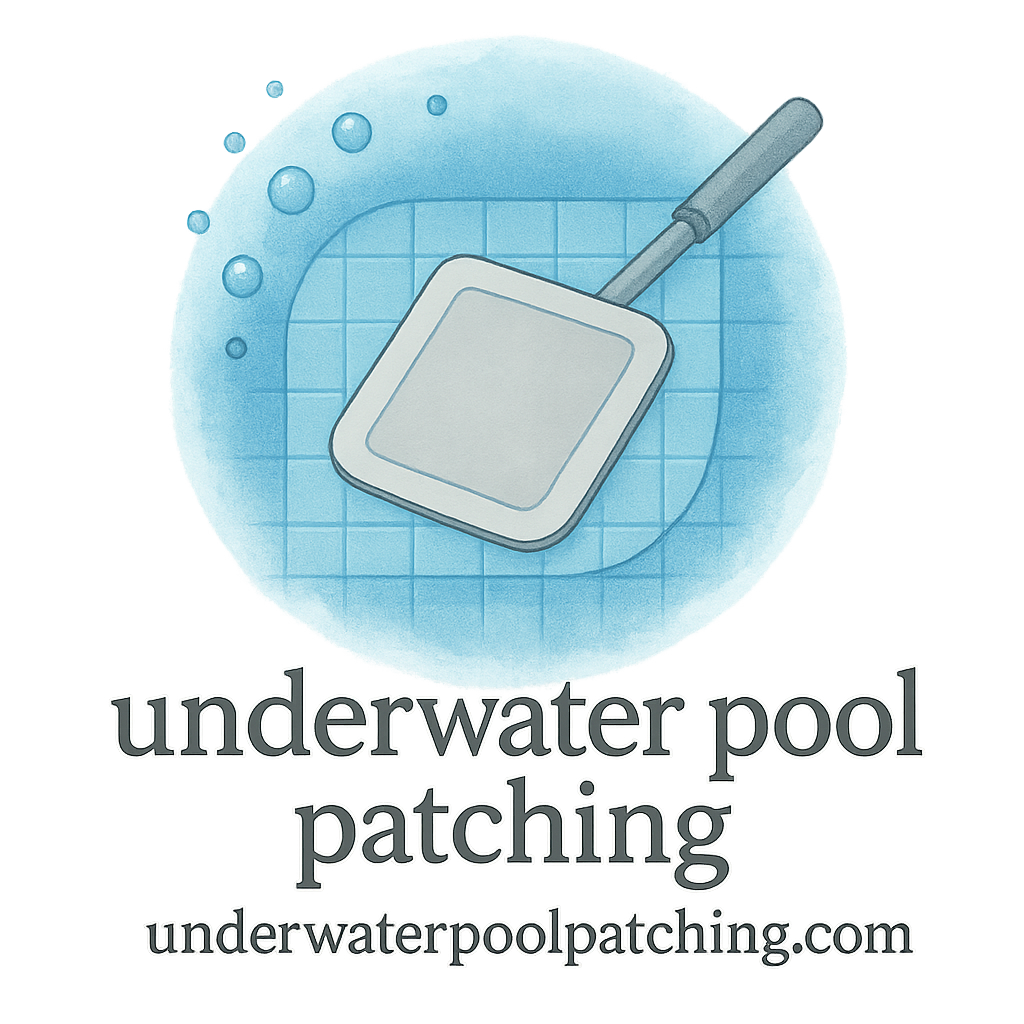Introduction: Why Pool Care Can’t Wait
Owning a swimming pool is like owning a luxury car—it looks amazing when it’s well-maintained, but it requires constant attention to perform at its best. Ignoring early signs of trouble can lead to costly repairs and unsafe swimming conditions. That’s where application tips for pools come in. From patching leaks to balancing chemicals, the right applications keep your pool safe, clean, and enjoyable all year round.
In this guide, we’ll explore 12 clear signs you need pool application tips right away—and provide practical solutions to tackle them before they snowball into bigger problems.
Sign #1: Visible Cracks in Pool Walls or Floor
How Cracks Affect Pool Safety
Cracks in your pool are not just cosmetic issues. Left untreated, they expand, compromise the structural integrity, and become breeding grounds for algae.
Quick Tips for Early Repair
Use waterproof sealants or underwater patching materials to cover cracks promptly. Check out different patch types and materials for the best fit.
Sign #2: Constant Water Loss
Detecting Leaks vs. Evaporation
All pools lose some water due to evaporation, but if you’re refilling frequently, it’s a red flag.
When to Use Leak Detection Tools
A pressure test or dye test helps identify hidden leaks. Visit inspection and diagnosis for detailed guidance.
Sign #3: Discoloration and Stains
Causes of Staining
Rust, algae, and chemical imbalances cause discoloration. These stains not only look bad but also indicate deeper water chemistry problems.
Application Tips for Cleaning and Prevention
Apply a stain remover, and adjust your pool’s pH balance. Learn more about maintenance and prevention to keep stains from returning.
Sign #4: Rough or Peeling Pool Surface
Why Surface Texture Matters
A rough surface can cut swimmers’ feet and make cleaning harder.
Patching and Smoothing Techniques
Use resurfacing compounds and smoothing techniques to restore texture.

Sign #5: Persistent Algae Growth
Application Tips for Long-Term Algae Prevention
If your pool turns green too often, the chemicals aren’t being applied correctly. Consider shock treatments and brushing, paired with regular maintenance plans.
Sign #6: Cloudy or Murky Pool Water
Common Water Chemistry Mistakes
Over-chlorination or poor circulation often cause cloudy water.
Quick Clarity Restoration Tips
Balance chlorine, shock the pool, and clean the filter. These application tips can restore sparkling water in hours.
Sign #7: Faulty Pool Equipment
Pump, Filter, and Heater Issues
Noisy pumps or weak water flow indicate equipment trouble.
Application Tips for Maintenance
Lubricate parts, clean filters, and follow routine checks to prevent breakdowns.
Sign #8: Increased Chemical Usage
What Excessive Chemicals Indicate
If you’re using more chlorine than usual, leaks or poor application methods may be the culprit.
Cost-Saving Application Strategies
Apply chemicals evenly, invest in an automatic feeder, and review your budgeting plan for chemical costs.
Sign #9: Weak or Broken Pool Patches
Lifespan of a Pool Patch
Every pool patch has a limited patch life. If your patch keeps peeling, you’re using the wrong material.
Choosing the Right Patch Materials
Read about durable patching techniques and epoxy-based solutions for stronger results.
Sign #10: Strange Noises from Pool System
Diagnosing Pump and Filter Sounds
Banging, squealing, or grinding noises are signs your equipment is overworked.
Preventive Application Tips
Check bearings, lubricate parts, and tighten loose fittings before they escalate into full repairs.
Sign #11: Slippery Pool Steps and Floors
Safety Risks of Slippery Surfaces
Slippery areas aren’t just annoying—they’re dangerous.
Anti-Slip Application Ideas
Use textured coatings or mats. Explore edge finish tips for safer steps.
Sign #12: Outdated Pool Repairs
Why Old Repairs Fail
Old patches and outdated techniques degrade over time.
Modern Application Tips for Restoration
Upgrade with modern epoxy, vinyl liners, or fiberglass solutions. Visit restoration tips for inspiration.
How to Budget for Pool Applications
Cost-Saving Hacks
Set aside funds for unexpected repairs using a budget-friendly plan.
Using Budget-Friendly Materials
Opt for long-lasting but affordable patch materials for money-saving results.
Routine Maintenance and Prevention
Scheduling Regular Inspections
Early diagnosis saves money and extends your pool’s life.
Building a Maintenance Plan
Create a maintenance plan that includes cleaning, inspections, and patch checks.
Conclusion
Your swimming pool should be a relaxing escape, not a constant headache. By recognizing these 12 warning signs and applying the right solutions, you can prevent costly breakdowns and keep your pool in pristine condition. Whether it’s cracks, leaks, or cloudy water, the right application tips for pools will help you fix problems before they spiral out of control.
Check out more expert resources on underwater pool patching to get started.
FAQs
- How often should I inspect my pool for cracks?
At least once every three months, or more often if your pool is heavily used. - What’s the fastest way to detect a pool leak?
Perform a bucket test or use professional leak detection tools. - Can I patch my pool while it’s still full of water?
Yes! Specialized underwater patching materials are designed for this. - Why does my pool keep turning green?
Poor chemical application and algae growth are the main culprits. - Are epoxy patches worth the investment?
Definitely. Epoxy is durable and long-lasting compared to traditional patches. - What’s the average lifespan of a pool patch?
Depending on the material, a quality patch lasts 2–7 years. - How can I save money on pool applications?
Follow cost-saving tips and use budget-friendly yet durable materials.


